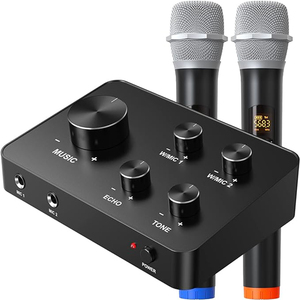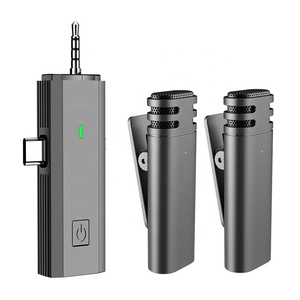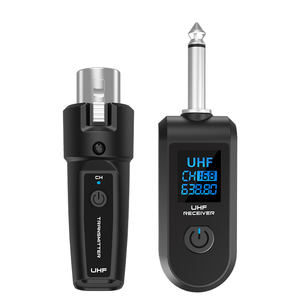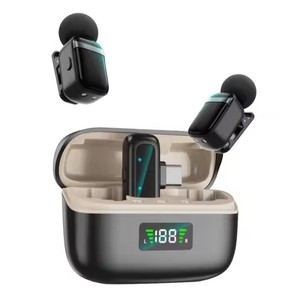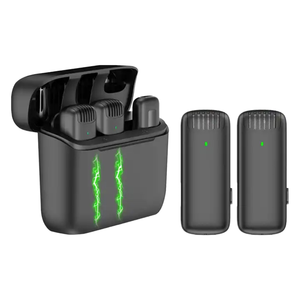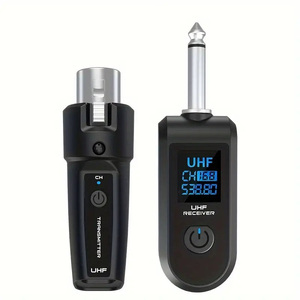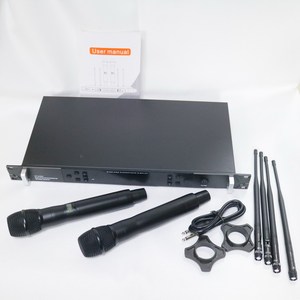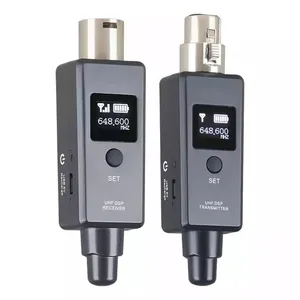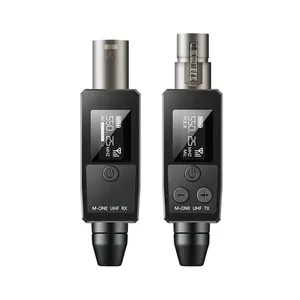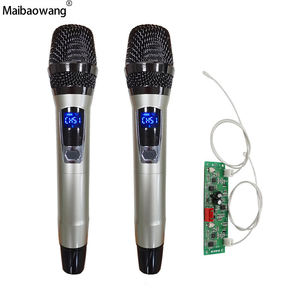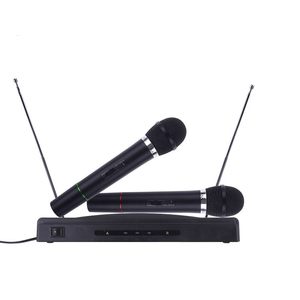Wireless Microphone And Receiver





 Top sponsor listing
Top sponsor listing





 1/11
1/11




 1/3
1/3



 0
0







 1/3
1/3



 1/3
1/3




 1/3
1/3


 0
0



 1/3
1/3



 0
0



 0
0



 1/3
1/3


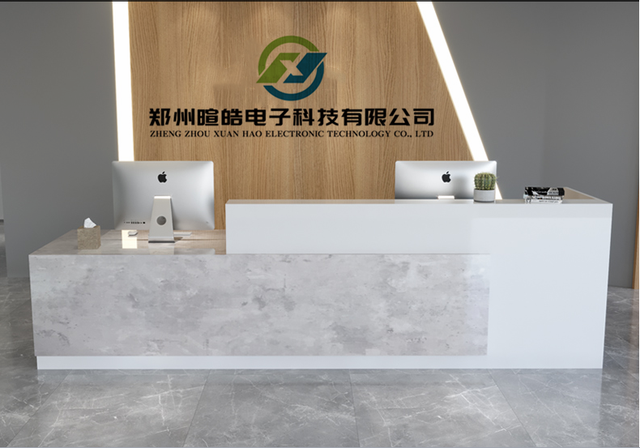

 1/3
1/3






 1/32
1/32



 1/2
1/2



 1/3
1/3




 1/3
1/3





 1/36
1/36

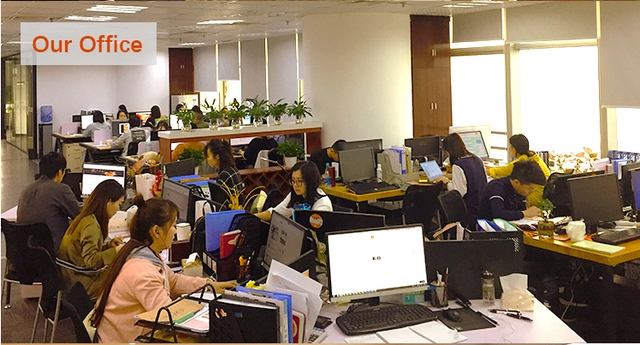

 1/3
1/3
About wireless microphone and receiver
Where to Find Wireless Microphone and Receiver Suppliers?
China remains the global epicenter for wireless microphone and receiver manufacturing, with key production clusters concentrated in Guangdong Province—particularly Shenzhen and Enping. These regions host vertically integrated supply chains encompassing RF module fabrication, audio signal processing, and final assembly, enabling rapid prototyping and scalable production. Shenzhen’s ecosystem excels in compact digital systems leveraging 2.4GHz transmission protocols, while Enping specializes in UHF-based professional-grade equipment used in live sound and broadcast environments.
The industrial clusters support high-volume output through automated SMT lines and streamlined component sourcing, reducing lead times by 20–30% compared to non-specialized manufacturers. Suppliers benefit from proximity to tier-one PCB, lithium battery, and antenna suppliers, allowing same-day procurement of critical subcomponents. This localization enables standard order fulfillment within 15–25 days, with customization cycles typically completed in under 30 days. Cost efficiencies stem from consolidated logistics and economies of scale, delivering 18–25% lower unit pricing versus equivalent Western or Southeast Asian producers.
How to Choose Wireless Microphone and Receiver Suppliers?
Effective supplier selection requires a structured evaluation across technical, operational, and transactional dimensions:
Technical Compliance & Product Range
Verify adherence to international standards such as FCC Part 74 (for UHF systems), CE-RED (Radio Equipment Directive), and RoHS for hazardous substance control. Prioritize suppliers listing multiple product categories including microphones, receivers, amplifiers, and audio mixers—indicative of system-level design capability. A broad portfolio suggests investment in R&D and compatibility testing across frequency bands (e.g., VHF, UHF, 2.4GHz).
Production and Customization Capacity
Assess scalability through facility indicators:
- Minimum 100+ SKUs in core product lines to ensure mature production pipelines
- In-house capabilities in firmware development, antenna tuning, and battery integration
- Support for OEM/ODM services including logo imprinting, packaging redesign, color variation, and custom frequency calibration
Cross-reference online revenue data and reorder rates: suppliers with US $100,000+ annual digital sales typically maintain dedicated export teams and quality control departments.
Quality Assurance and Transaction Reliability
Demand documented QC procedures covering signal stability, latency testing, and battery cycle validation. Analyze on-time delivery performance—targets should exceed 95%. Response time under 2 hours indicates active account management. Use third-party trade assurance mechanisms to mitigate risk, particularly for initial orders. Pre-shipment inspections should include RF interference tests and audio fidelity benchmarking using standardized gain and SNR metrics.
What Are the Best Wireless Microphone and Receiver Suppliers?
| Company Name | Main Products (Listings) | Online Revenue | On-Time Delivery | Avg. Response | Reorder Rate | Customization Options |
|---|---|---|---|---|---|---|
| Shenzhen Hiaudio Electronics Co., Ltd. | Receivers & Amplifiers (422), Microphones (89) | US $3,000+ | 100% | ≤1h | 37% | Color, material, size, logo, packaging, graphic |
| Shenzhen Yaika Electronic Co., Ltd. | Microphones (86), Karaoke Players (45) | US $250,000+ | 94% | ≤3h | <15% | Adapter, dual mic, headset, sound card, logo, weight, packaging, graphic |
| Enping Yalaishi Electronic Products Co., Ltd. | Microphones (156), Sound Cards (12) | US $7,000+ | 90% | ≤5h | <15% | Limited customization data available |
| Jiangmen Muses Electronic Commerce Co., Ltd. | Sound Equipment (276), Microphones (214) | US $260,000+ | 100% | ≤2h | <15% | No explicit customization tag; verify via inquiry |
| Enping Senmi Electronic Technology Co., Ltd. | Microphones (378), Speakers (317) | US $180,000+ | 98% | ≤2h | <15% | Extensive product integration capabilities |
Performance Analysis
Shenzhen Hiaudio stands out with a 100% on-time delivery rate and a 37% reorder rate—the highest among peers—suggesting strong customer retention despite lower reported online revenue. Its specialization in receivers and amplifiers indicates backend infrastructure for RF synchronization and multi-channel management. Jiangmen Muses and Shenzhen Yaika report higher digital revenues (>$250K), reflecting robust export operations and diversified client bases. Enping Senmi demonstrates vertical integration across microphones and speakers, advantageous for full PA system sourcing. Buyers seeking customization should prioritize Yaika and Hiaudio, both offering granular options from packaging to internal components. For high-volume contracts requiring reliability, Jiangmen Muses and Senmi offer balanced performance in delivery consistency and response efficiency.
FAQs
What certifications should wireless microphone suppliers have?
Essential certifications include CE (Europe), FCC (USA), and RoHS compliance. For professional audio applications, IEC 60268-16 for microphone sensitivity and ETSI EN 300 420-2 for UHF band operation are recommended. Request test reports from accredited labs verifying frequency stability and spurious emissions.
What is the typical MOQ and lead time?
Standard MOQ ranges from 1–10 pieces for sample testing, scaling to 50–200 units for bulk orders. Lead time averages 15–25 days post-deposit, depending on customization depth. Rechargeable models may require additional time for battery certification alignment.
Can suppliers customize frequency bands or transmission protocols?
Yes, many suppliers support 2.4GHz ISM band, UHF (500–900MHz), or dual-band configurations. Confirm regional regulatory compliance—some frequencies are restricted in EU/UK markets. Firmware-level adjustments require NDA-backed collaboration and minimum order thresholds.
Do suppliers provide pre-shipment testing reports?
Leading suppliers offer basic QC documentation including battery life logs, signal range verification (open-field vs. indoor), and audio distortion levels. For mission-critical deployments, request extended burn-in tests and third-party lab validation.
How to evaluate audio quality objectively?
Benchmark specifications: signal-to-noise ratio (>100dB), total harmonic distortion (<0.5%), frequency response (20Hz–20kHz for full-range). Conduct real-world latency tests using oscilloscopes or digital audio workstations. Compare dynamic range and gain handling under varying RF load conditions.





